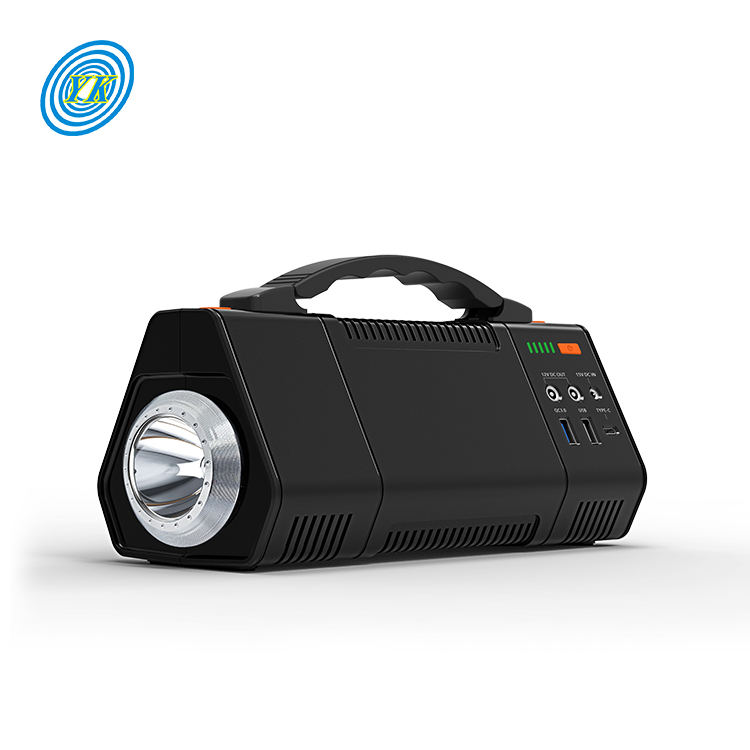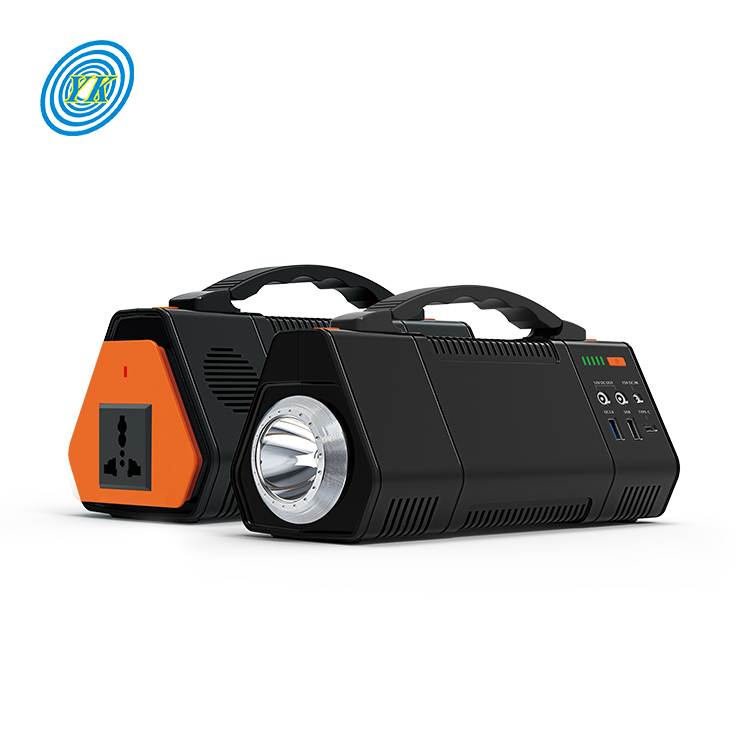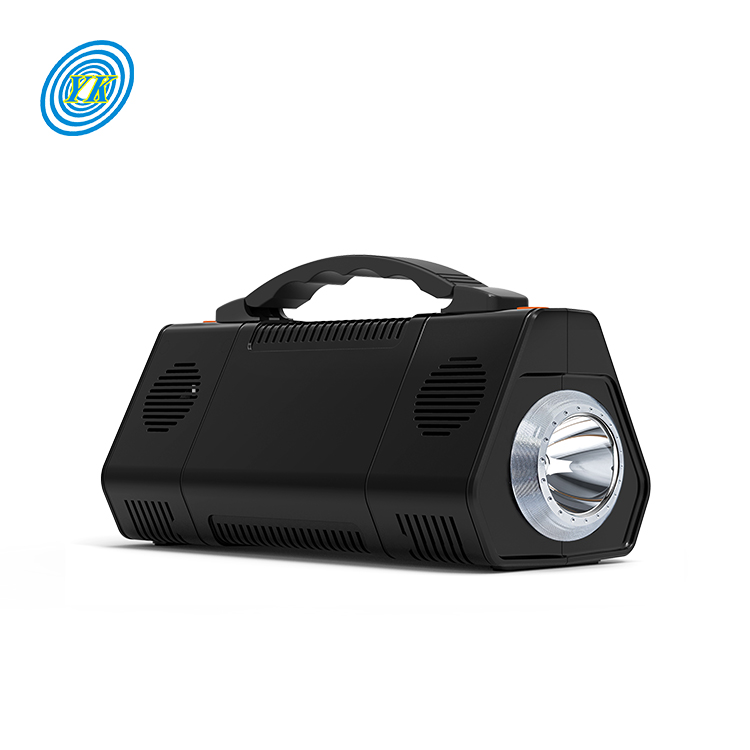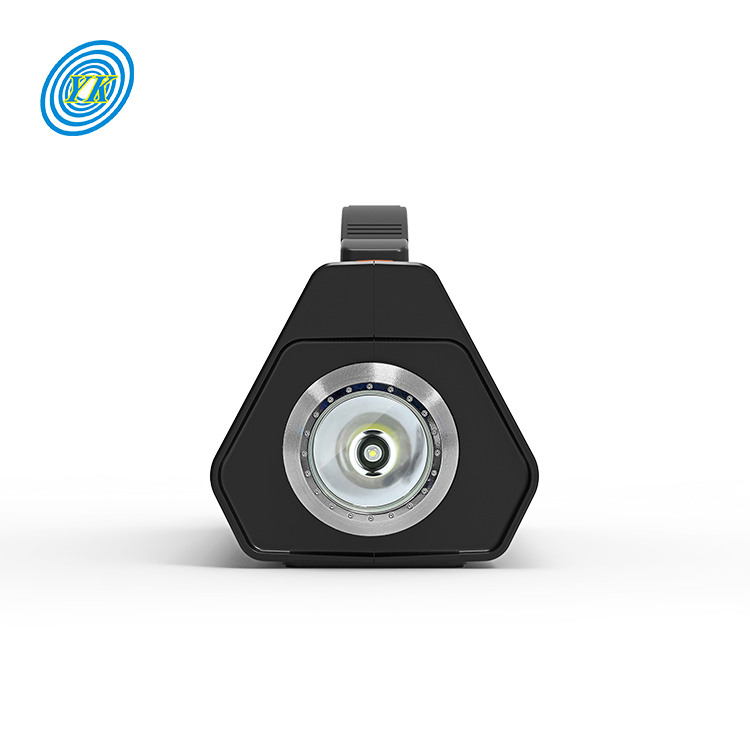News
Understanding the Dynamics and Future Trends in the Portable Energy Storage Industry
Click: 662 Date: 12/19/2023 4::27::01 PM
Understanding the Dynamics and Future Trends in the Portable Energy Storage Industry
Overview of the Portable Energy Storage Industry
1. Introduction
The energy storage industry, especially the portable energy storage industry, has been attracting increasing attention worldwide due to its pivotal role in facilitating the development of smart electric grids and renewable energy. In recent years, China, as a major player in the energy sector, has made significant efforts in building a sustainable energy system and promoting the development of the energy storage industry.
2. Evolution of the Portable Energy Storage Industry in China
The evolution of the portable energy storage industry in China can be divided into three stages: the foundation stage, the nurturing stage, and the commercialization stage.
2.1 Foundation Stage (2010-2013)
During the foundation stage, the Chinese government focused on encouraging innovation in energy storage technology. In 2010, the 12th Five-Year Plan was issued, marking the first appearance of the term "energy storage" in national documents. This helped lay a solid foundation for the industry's development. The government also initiated China's first large-scale energy storage demonstration project, the "Zhangbei landscape storage demonstration project (2011)", integrating wind power generation, photovoltaic power generation, energy storage systems, and smart power transmission.
2.2 Nurturing Stage (2014-2016)
During the nurturing stage, the Chinese government issued more energy storage policies involving power system reform, ancillary services, technical R&D, and environmental protection. In 2014, the State Council officially issued the "Energy Development Strategic Action Plan (2014–2020)", proposing to build a clean, efficient, safe, and sustainable modern energy system. The government encouraged the application of large-scale energy storage systems and promoted the commercial development of China’s energy storage industry.
2.3 Commercialization Stage (2017-2020)
The commercialization stage witnessed a preliminary exploration period for the commercialization of the energy storage industry in China. The National Energy Administration promulgated the “Guiding Opinions on Promoting Energy Storage Technology and Industry Development (2017),” which first clarified the strategic position of energy storage. This stage saw the government actively promoting the commercialization of energy storage and focusing on large-scale and industrial development.
3. Public Attitude Towards Energy Storage Policies
The public's attitude towards energy storage policies plays a crucial role in determining whether storage is widely accepted. A positive public sentiment towards energy storage policies is essential for promoting the development of the energy storage industry. In China, the public has shown more positive sentiment towards energy storage than negative sentiment, indicating a general recognition of the potential of the energy storage industry. However, the positive sentiment towards energy storage showed a decreasing trend, while the proportion of negative emotions gradually increased, indicating that there are still many obstacles to be overcome in the development of energy storage.
4. Conclusion
The development of the portable energy storage industry in China has experienced rapid growth in recent years, with the government playing a significant role in its promotion. However, there still exist challenges such as incoordination of policies and a lack of market mechanism. The government needs to introduce more policies concerning market mechanism, R&D, and subsidies to enhance the effect of energy storage policies and increase public recognition. By doing so, the energy storage industry in China can further develop and contribute to the global energy transition
Technologies Used in Energy Storage Systems

The field of energy storage systems is vast and rapidly evolving. Here are some key technologies and concepts that are currently being used or developed, based on the information provided in the search results:
"Mechanical Energy Storage Systems": Mechanical energy storage systems store energy in various forms, such as potential energy in a pumped hydroelectric storage (PHS) system or kinetic energy in a flywheel energy storage (FES) system.
"Electrochemical Energy Storage Systems": Electrochemical energy storage, such as batteries and supercapacitors, store energy in the form of chemical potential energy. This category includes lead-acid batteries, lithium-ion batteries, and flow batteries.
"Thermal Energy Storage Systems": Thermal energy storage systems store energy in the form of heat. This includes sensible heat storage, latent heat thermal storage (such as ice storage air conditioning), and thermochemical heat storage.
"Chemical Energy Storage Systems": Chemical energy storage involves the conversion of electricity into a different form of energy that can be stored and converted back into electricity when needed. This category includes power-to-gas technologies, biofuels, and synthetic fuels.
"Superconducting Magnetic Energy Storage Systems": Superconducting magnetic energy storage (SMES) systems store energy in a magnetic field created by the flow of direct current in a superconducting coil. SMES systems offer high efficiency and fast response times, making them suitable for applications requiring high power over short durations.
Based on these subtopics, a potential overarching title could be "Exploring Current and Emerging Technologies in Energy Storage Systems".
Applications of Portable Power Supply

The following is a comprehensive explanation of the applications of portable power supply:
"Wearable Electronics": Portable power supply is extensively used in wearable electronics such as smartwatches, fitness trackers, and health monitoring devices. The compact and lightweight nature of portable power supplies makes them ideal for these applications. They provide the necessary power for these devices to perform various functions such as tracking physical activity, monitoring heart rate, and providing connectivity to other devices.
"Portable Medical Devices": Portable power supplies are critical in powering portable medical devices such as portable ECG machines, insulin pumps, and hearing aids. These devices require a reliable and constant source of power to function effectively which is provided by portable power supplies. The power supplies can be easily recharged or replaced ensuring the continuous operation of these life-saving devices.
"Outdoor Activities and Emergencies": Portable power supplies are also useful in outdoor activities like camping where access to the grid power is limited. They can be used to power devices such as portable lights, GPS devices, and mobile phones. In emergency situations, portable power supplies can be used to power critical communication and navigation devices.
"Energy Harvesting": Portable power supplies can also be used in energy harvesting applications. They can store energy harvested from various sources like solar, mechanical vibrations, and body movements. This stored energy can be used to power low-energy devices such as sensors and IoT devices.
"Consumer Electronics": Portable power supplies are also used in a variety of consumer electronics including laptops, smartphones, tablets, and digital cameras. They provide a reliable power source for these devices, enabling them to operate for extended periods without being connected to the grid.
In conclusion, portable power supplies play a critical role in powering a wide range of devices, particularly those used in portable and wearable applications. Their compact size, lightweight, and ability to provide a reliable power source make them ideal for these applications.
Market Dynamics in the Battery Storage Technology Sector

Introduction
The Battery Energy Storage System (BESS) market is expanding rapidly due to increasing demand for renewable energy, falling battery prices, and the growing need for energy storage solutions. The global BESS market size was valued at $9.21 billion in 2021 and is projected to grow to $31.20 billion by 2029.
Key Market Drivers
One of the major factors driving the growth of the BESS market is the shift toward low carbon energy generation to reduce greenhouse gases emission. This shift has led to large investments in various battery energy storage systems across the world, especially in the residential, non-residential, and utility sectors.
In addition, the increasing global population, coupled with the growing initiatives to boost rural electrification, has increased the peak energy demand. The increased rate of urbanization and the introduction of infrastructure projects have also increased the power supply-demand from utilities.
Furthermore, the development of new and advanced BESS units is expected to play a significant role in industry dynamics. For instance, in March 2021, Tesvolt, a German storage system manufacturer, launched a technologically advanced product line TS-I HV 80 battery, primarily designed to shave load peaks and comply with the demand from business and industrial customers.
Key Market Challenges
Despite the growth drivers, the BESS market also faces some challenges. The primary factor that hampers the BESS market growth is the requirement of substantial capital investments. These systems are mainly deployed for large BESS plants to cater to the energy demand at peak loads.
Another challenge is the lack of robust regulatory framework and market standardization. Without common manufacturing codes or standards developed for energy storage devices, each manufacturer is free to develop its internal standards, which could lead to compatibility issues during installations and maintenance.
Key Market Trends
Investments in the design and manufacturing of BESS devices are expected to significantly influence industry dynamics. The exponential demand for energy resources across developing and developed countries, combined with expanding measures to ensure energy security, is set to push the market growth. Furthermore, advancements in the rising integration of new power generation technologies and revamping existing foundations have increased the requirement for new grid systems with effective backup and peak load characteristics.
In terms of technology, lithium-ion batteries are currently the dominant technology in the BESS market due to their cost and performance advantages, deep discharge cycle life, energy and power density, and other attributes. However, other promising technologies like sodium-ion, sodium-sulfur, metal-air, and flow batteries are also emerging.
Key Market Insights
Based on type, the lithium-ion battery segment is projected to lead the industry and hold a significant portion of the global market during the forecast period. Demand for lead-acid batteries will be fostered by the transportation sector slated to grow exponentially at the end of 2029 due to increasing hybridization of vehicle fleets and their safe & reliable operations in rechargeable systems.
In terms of market segmentation, the battery energy storage market can be divided into three segments: front-of-the-meter (FTM) utility-scale installations, behind-the-meter (BTM) commercial and industrial installations, and BTM residential installations. The FTM utility-scale installations are expected to grow the fastest among these three segments
Future Trends in Portable Energy Storage

The future trends in portable energy storage could be categorized into several key areas based on the search results:
"Integration of Energy Storage with IoT Devices": Internet of Things (IoT) devices are becoming increasingly prevalent, and the integration of energy storage systems with these devices is a key trend in the field. This integration involves the use of compact and efficient energy storage systems to power IoT devices, which can range from small sensors to larger devices like smart home appliances. This trend is driven by the need for IoT devices to operate independently of the grid and to function reliably even in the event of power outages.
"Improvements in Battery Technologies": Advances in battery technologies are crucial for the development of more effective and efficient portable energy storage systems. These advancements can include the development of new materials for batteries, improvements in battery design, and enhancements in charging technologies. Researchers are exploring various avenues to increase energy density, enhance safety, reduce cost, and improve the lifetime of batteries.
"Development of Hybrid Energy Storage Systems": Hybrid energy storage systems combine different types of energy storage technologies to leverage the advantages of each. For example, a system might combine batteries with flywheels or supercapacitors to achieve both high energy density and high power density. These systems can offer improved performance, flexibility, and efficiency compared to single-technology systems.
"Adoption of Renewable Energy Storage": With the growing emphasis on renewable energy sources, there is a corresponding increase in demand for energy storage systems that can efficiently store and dispatch renewable energy. These systems need to be capable of handling the intermittent nature of renewable energy sources like wind and solar. Developments in this area include the use of flow batteries, pumped hydro storage, and thermal energy storage systems.
"Advancements in Energy Storage Systems for Electric Vehicles (EVs)": The growing market for EVs is driving advancements in energy storage systems specifically designed for these vehicles. This includes efforts to increase the energy density of batteries, reduce charging times, and improve the lifetime and safety of the batteries